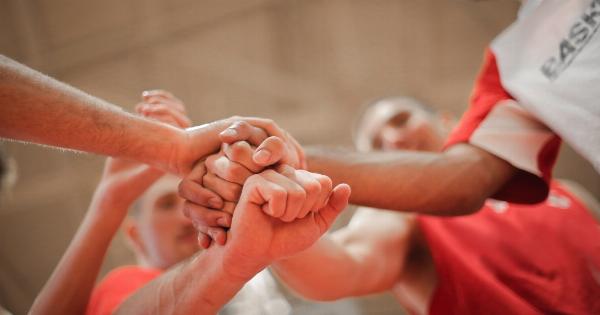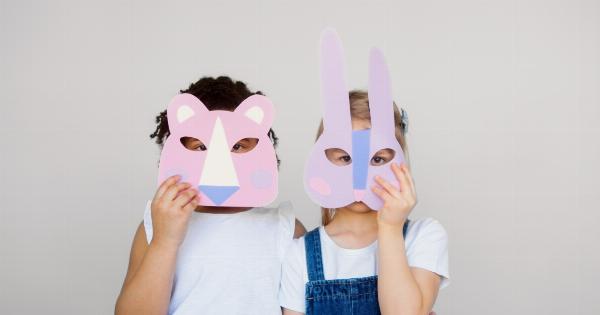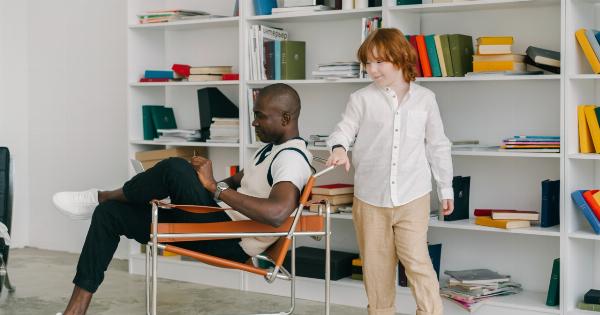Children with special needs often face unique challenges when it comes to connecting with their peers.
These challenges can stem from a variety of factors including cognitive or physical disabilities, social communication difficulties, or sensory issues. However, with the right techniques and support, it is possible to help these children develop meaningful connections with their peers. Here are ten effective techniques that can make a difference:.
1. Creating Inclusive Environments
One of the key factors in helping children with special needs connect with their peers is to create inclusive environments. This can include ensuring physical accessibility, providing visual supports, and promoting sensory-friendly spaces.
By making these adjustments, children with special needs can feel more comfortable and included, enabling them to connect more easily with others.
2. Encouraging Peer Support
Peer support can facilitate social connections for children with special needs. By involving typically developing peers in activities and encouraging them to offer support and friendship, children with special needs can feel more accepted and valued.
This can be achieved through structured programs, buddy systems, or inclusive group activities.
3. Utilizing Visual Supports
Visual supports can be highly effective in helping children with special needs communicate and connect with their peers.
Visual schedules, social stories, and visual cues can help them understand social expectations, navigate social situations, and engage in conversations. These supports provide a visual framework, reducing anxiety and improving communication.
4. Teaching Social Skills
Explicitly teaching social skills is crucial for children with special needs. Breaking down social interactions into small steps, using social scripts, and providing opportunities for practice can enhance their social communication abilities.
Teaching skills such as taking turns, making eye contact, active listening, and using appropriate body language can help them engage successfully with their peers.
5. Encouraging Shared Interests
Finding and nurturing shared interests can provide common ground for children with special needs to connect with their peers.
Encouraging participation in activities that align with their passions or strengths can help foster relationships based on shared interests. This can be achieved through extracurricular activities, clubs, or interest-based groups.
6. Incorporating Sensory-Friendly Activities
Sensory issues often challenge children with special needs. By incorporating sensory-friendly activities, children can feel more engaged and comfortable in social interactions.
Providing options for sensory breaks, using sensory tools like fidget toys, or creating quiet spaces can help children regulate their sensory input and participate more fully in social situations.
7. Facilitating Positive Communication
Promoting positive communication is vital for helping children with special needs build relationships. Encouraging kindness, empathy, active listening, and effective communication strategies can enhance their ability to connect with others.
Teaching conflict resolution skills and modeling positive peer interactions can also contribute to healthy relationships.
8. Creating Structured Social Opportunities
Structured social opportunities provide a safe and predictable environment for children with special needs to practice their social skills. This can include structured play dates, social skills groups, or facilitated group activities.
These structured settings allow children to learn and practice social interactions, boosting their confidence and comfort level.
9. Promoting Understanding and Acceptance
Educating peers about special needs can foster understanding and acceptance.
Promoting disability awareness programs, inviting speakers with disabilities, or integrating discussions about diversity and inclusion into the curriculum can help create a supportive social environment. When peers understand and appreciate differences, they are more likely to connect with children with special needs.
10. Building a Supportive Network
Creating a supportive network of parents, teachers, and therapists is essential for helping children with special needs connect with their peers.
Collaborating with professionals who specialize in inclusive education, joining support groups, and staying informed about resources and strategies can provide valuable guidance and support for both the child and their family.





























